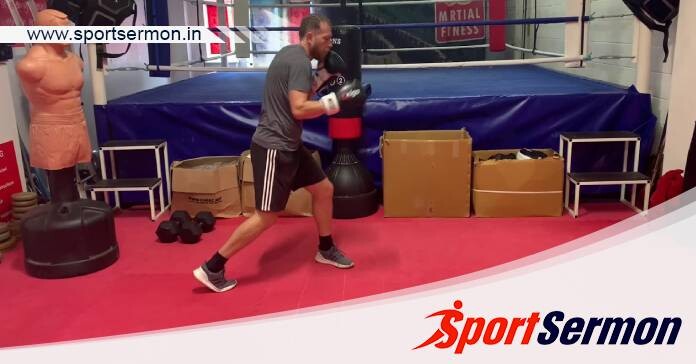Solo Boxing Drills: Punching is more than just using speed and force to land blows. There is a cerebral component to boxing as well, which depends on your endurance, reflexes, and thoughts. A proficient boxer will integrate their body, reflexes, and intellect into one cohesive fighting machine. This implies that in order to respond effectively in combat situations, you must educate your body and mind.
Professional and amateur boxers reach this goal through frequent and regular boxing workouts.
What Solo Boxing Drills Can Help You Achieve?
You win when you outbox your opponent because you score more punches and absorb fewer strikes. You need to train and perfect the following abilities in order to pull this off in combat:
- Precise punching, footwork, defence, and head movement techniques.
- Strong, accurate blows that hit their target and provide the desired result.
- Punch with quickness while dodging and deflecting blows from your opponent.
- Balance and steadiness with posture and gait.
- Flexibility and agility in other body motions and footwork.
- Endurance—both mental and physical.
These are necessary attributes in order to launch an attack or repel an enemy’s assault. Every exercise we discuss in the upcoming sections contributes to the development of at least one of these attributes.
You might also be interested in reading this: Get To Know Everything About Boxing Slip And Rip
Punching drills to enhance speed, power, accuracy, and technique
To execute a blow with precision, you must keep your fighting stance and feet in excellent condition. While describing some of the solo boxing drills, we will touch on this element of boxing.
Let’s now examine a few boxing routines that are vital training aids for both novices and boxing greats. These drills may be done while shadowboxing or with a heavy bag.
1) Jab And Move
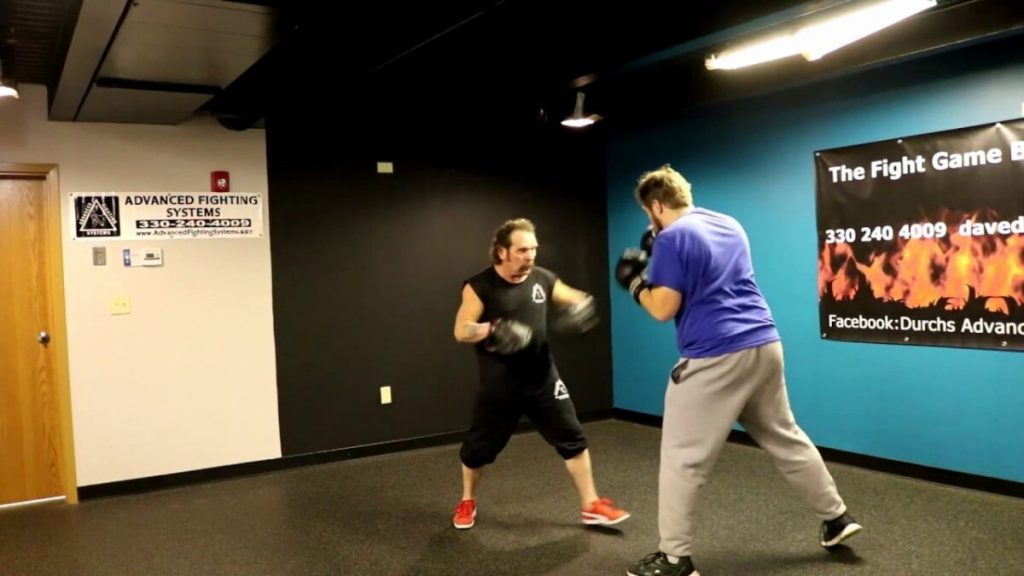
This simple practice works on your jab’s power and technical precision. With every hit, you also practise how to change your weight. This is the drill for jab-and-shift:
- Take a boxing stance; either orthodox or southpaw will work depending on which hand is your dominant hand.
- To propel yourself forward and transfer your weight to your front leg, use your rear leg.
- Bring your back hand up to defend yourself while simultaneously striking with your front fist. Your punch will have more force if you shift your weight to your front leg.
- Return to your starting position, transfer your weight from the front to the rear leg, and repeat the entire movement.
Punching a heavy bag or shadowboxing are two ways to practise this motion. You may hone your moves by shadowboxing, and using a heavy bag will make it more difficult for you to hit with force.
Instead of standing still while you jab, you can move forward slightly during shadowboxing. To practise shifting to the side with each jab, you can also use a heavy bag.
2) Jab-Cross
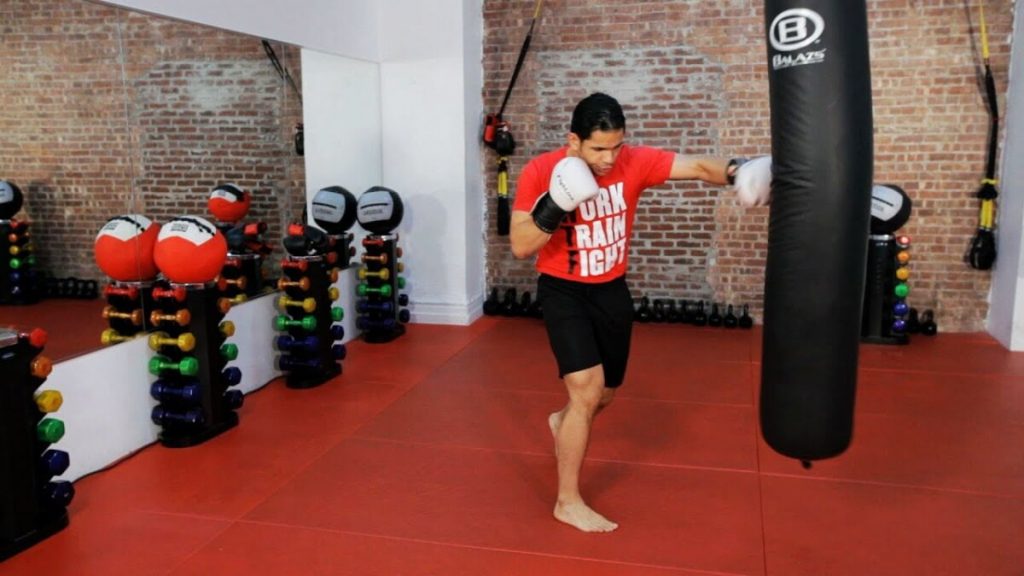
The jab is a punch that frequently comes before a stronger second blow. One of the most used boxing combinations in the game is the jab-cross combination, which is the subject of this exercise.
- Take a fighting posture and execute the previous drill’s jab technique.
- Your front hand should be defensively back in front of your face as you move your weight to your rear leg.
- To transfer your weight to your front leg, use the ball of your rear foot.
- Simultaneously, turn your body and use your backhand to deliver a cross punch.
A different take on the jab-cross practice is tossing two jabs in front of a cross. This practice may be performed both by standing still and by moving to the side and forward.
3) Double Hook
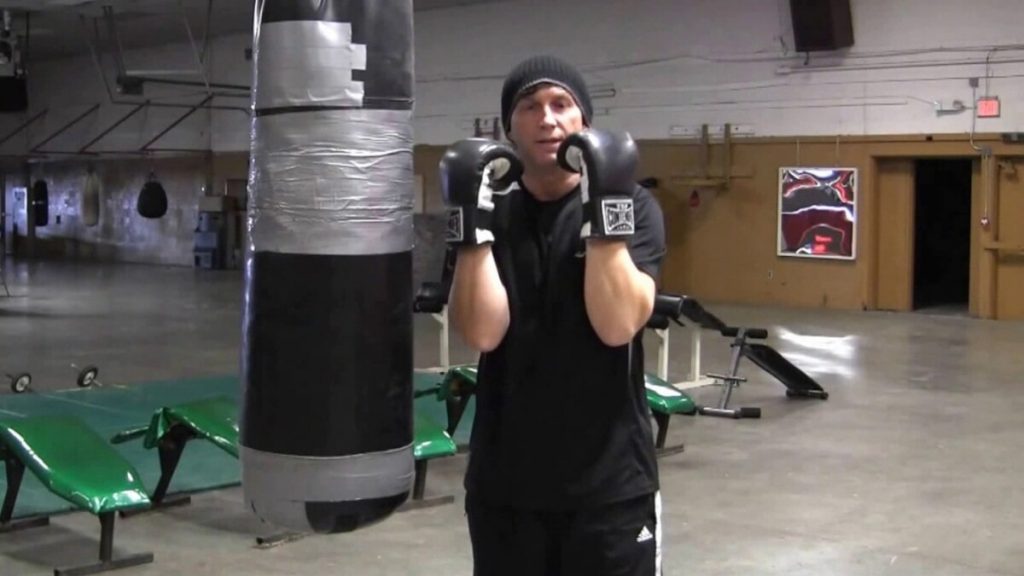
With the help of this combo, you may surprise your opponent by throwing strong blows that, perhaps, they won’t anticipate. To ensure that your rear leg propels the first hit, begin the practice in a boxing stance. To finish the drill, perform the following movements:
- Bring your back fist to a 90-degree angle with your torso while maintaining your front hand in front of your face.
- Turn your hips to the ball of your rear foot to shift your weight forward.
- Swing your torso and your back fist towards the (fictitious) head of your opponent at the same moment.
- Now return your body to the combat position you started with, shifting your weight to your rear leg.
- Once more, place your rear hand in front of your face and move your weight to your front leg.
- In order to throw a hook at your opponent’s body, simultaneously drop your front hand and turn your torso.
4) Rear cross and hook combination
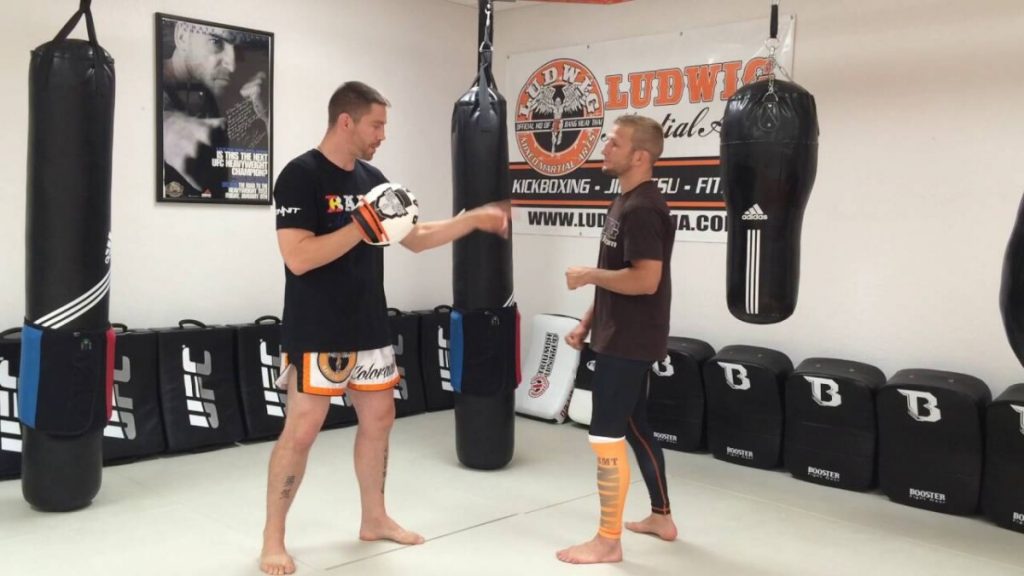
Your opponent can be taken aback when you begin this combo by hitting with your front, non-dominant fist. How to use this combo is as follows:
- Assume a boxing stance and shield your face with your front hand.
- Throw a hook with your front fist and spin your body using the ball of your front foot.
- Bring your rear hand to your face to provide protection at the same moment.
- Now turn around and assume the original combat position, which entails raising your front hand to your face and dropping your back hand.
- As you strike your “opponent” with a cross, utilise your rear leg to drive yourself forward.
Because you utilise your non-dominant hand to initiate your strike, this combination takes some time to learn. Your boxing solo boxing drills abilities will significantly increase if you get it perfect.
5) Jab, Cross, Hook
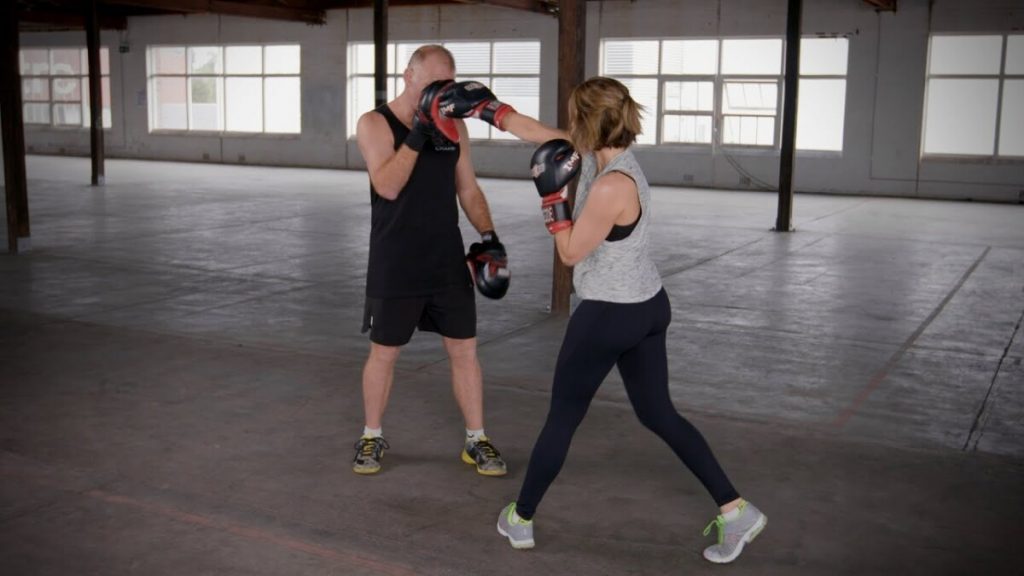
Throw a jab with your lead fist and a cross with your rear fist to complete this combo. To finish this three-step combo, toss a hook with your front hand. You may shadowbox or use a heavy bag to practise this workout.
6) Lead Hook, Rear Uppercut
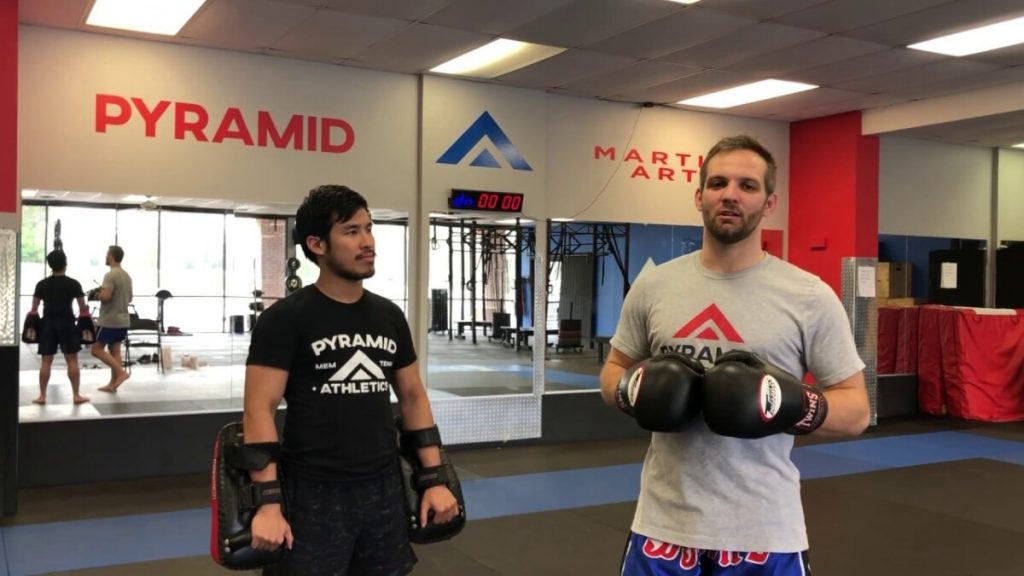
This is a really challenging practice that becomes easier if you master the simpler combinations. After hitting your opponent a few times, you can “finish the job” with an uppercut.
Keeping your chin low, use your rear fist to deliver a rear uppercut to your opponent’s chin. Go back to your basic fighting stance and use a lead hook to attack your opponent’s body.
One of the most important skills each boxer needs is the ability to maintain balance when moving and shifting their weight. A succession of knockout losses is certain when there is a deficiency in speed and balance. Fortunately, there are many footwork exercises available to increase strength, power, endurance, and agility.
7) Quickly stepping over a queue
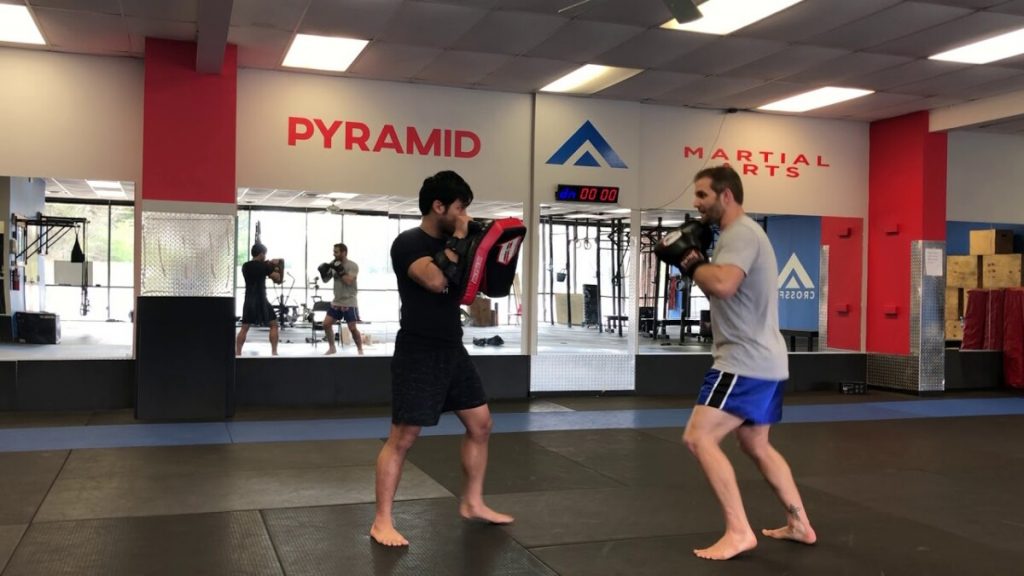
This easy exercise improves your leg muscles, endurance, agility, and speed. Finding a horizontal line or agility ladder to step over is all that is required before completing the following tasks:
- Move your left foot over the line, then your right foot over it.
- Step back from the line with your left foot first, then your right, to perform the opposite.
- For two or three minutes at a time, repeat the procedure as quickly as possible.
- Use your arms to maintain your balance and use your core to get the most out of this exercise.
8) Using A Ladder For A Carioca Drill
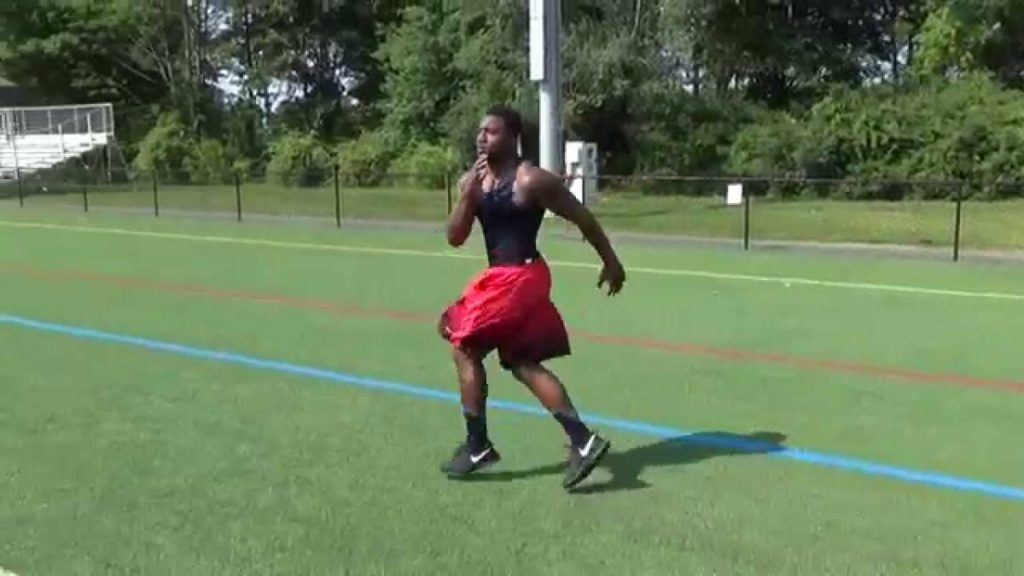
This ladder exercise teaches your body to maintain balance as you transfer your weight laterally. The feet must negotiate the spaces created by the ladder’s rungs to avoid tripping.
- Place a ladder on the ground and stand next to one end of the ladder in front of you to do the Carioca ladder drill:
- Place your right foot into the ladder’s first chamber.
- Position the left foot in the second ladder compartment by crossing it behind the right foot.
- Place the right foot in the third ladder compartment by crossing it behind the left foot.
Continue doing this dance-like motion until the ladder runs out, being careful not to trip or lose your equilibrium. An alternative way to perform this practice is to cross one foot in front of the other.
9) The Leap Squat
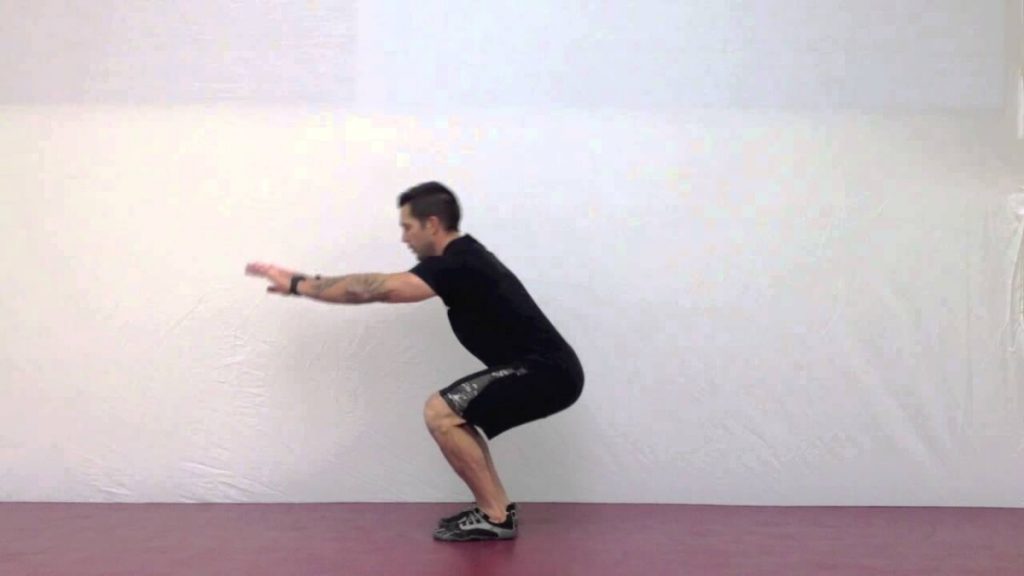
This all-around workout increases your legs’ muscular mass, explosive power, and endurance. Begin by placing your feet shoulder-width apart, then step down into a squat. Now go off as high as you can and land where you were before. Alternatively, you may go one step further and land in a crouching stance (the drill in this scenario would be a frog leap).
Try to complete as many repetitions as you can with proper form.
10) Single Leg Alternating Hop
This exercise teaches the body to stay balanced when you have to move fast.
In order to remain standing on one leg rather than two, stand on one leg and leap forward with the other leg. Proceed to leap forward by switching your legs and attempting to land on your feet.
As many times as you can without losing your balance in a minute, repeat this movement.
Make More Drills With The Basic Building Blocks
Use More Drills With The Basic Building Blocks
Punching, footwork, and evasive head movements may all be combined in exercises. These intricate solo boxing drills are very helpful in simulating real-world combat situations. This is the ultimate aim of being proficient in basic drills.

